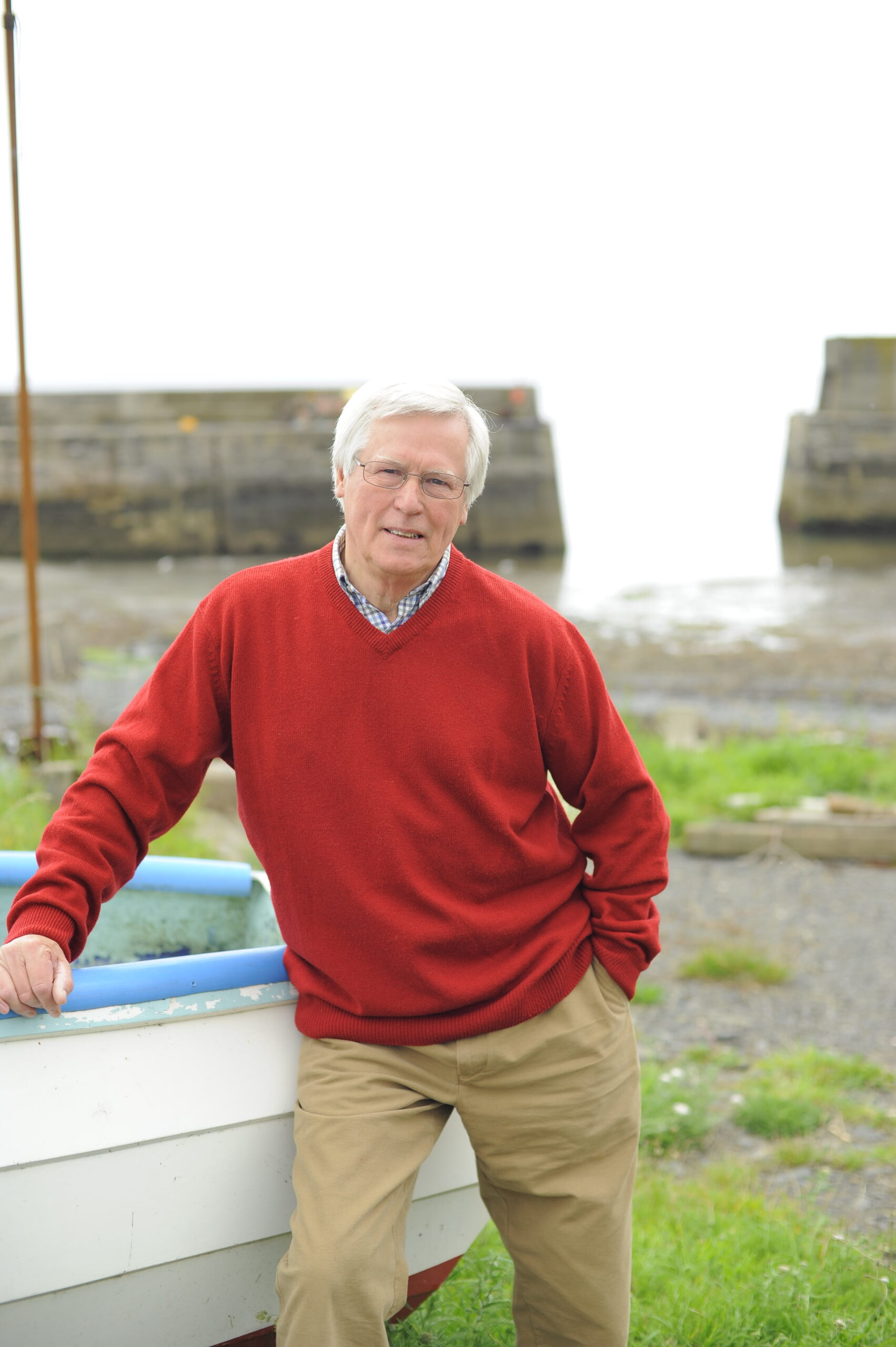Most of us who live in the countryside have a high quality of life. Compare us to our urban neighbours and on average we live longer, are in better physical and mental shape and have healthier lifestyles. But it certainly isn’t roses round the door for everyone.
Beneath these averages lies a more complex picture of poverty and disadvantage that is largely overlooked – maybe because it is masked by the prevailing affluence of many rural areas. In 700,000 homes in our apparently well-heeled shires, there are people below the poverty line – and the poorest are also those in the worst health.
Most likely they don’t have cars, so keeping appointments at surgeries and hospitals can be a nightmare, and if there is an emergency, isolation and narrow, winding roads mean response times are often slower.
On top of that is a problem that will keep on growing and face us all as the years go by – the countryside is getting older, with all the health care implications this involves. The rural median age is nearly six years older than in urban areas and, in 10 years’ time, one in every four villagers will be a pensioner – that’s 3.23 million people. With younger people and families heading for towns and cities due to the lack of jobs and affordable housing, there just won’t be the same amount of neighbourly support for older people that there traditionally has been.
All these issues and more were raised recently at a national conference I attended, called Healthy Rural Communities. That title might sound a tad optimistic in the circumstances, but I came across dozens of health workers, local politicians and volunteers determined to keep them that way.
We heard that most rural NHS Primary Care Trusts are not getting the funding they require. The government’s rural advocate, Dr Stuart Burgess, told me: “The challenge is how to provide health care facilities against the backdrop of severe budget cuts. We have to make sure we get the same proportional amount as urban communities.”
But belt-tightening is leading to some innovative ideas, and delegates listed such breakthroughs as tele-medicine, where patients in their local surgery can be linked by video to a surgeon and spared the long journey to hospital. There was a consensus that all the services, paid and voluntary, need to work together more closely in these difficult times.
And help is at hand for many older people bewildered by official paperwork, who often don’t get the health benefits to which they are entitled. In Cumbria’s South Lakeland, which is expecting a 61 percent increase in its elderly population, the number of forms has been drastically reduced (cutting costs, too) and in Gloucestershire, a network of village wardens sort things out over a cup of tea.
The prescription to keep the countryside healthy includes these solutions, as well as professionals battling to maintain standards while facilities are slashed. Hopefully things will get better before its people get much older.
